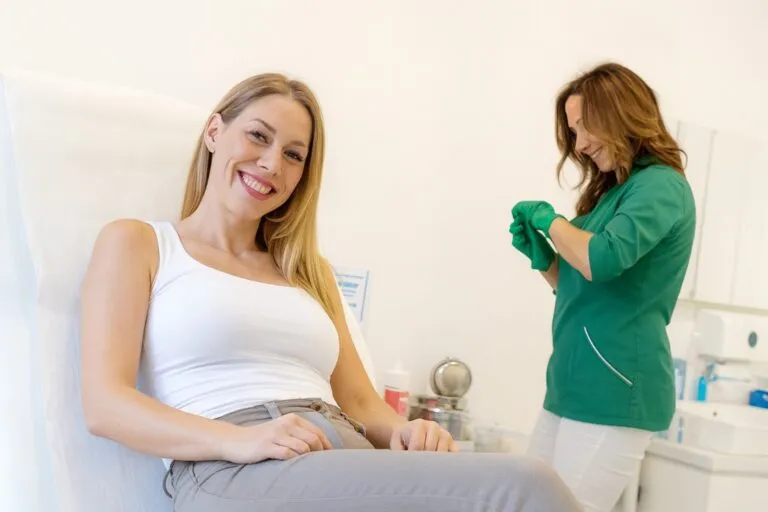Hysteroscopy is one of the key methods for treating intrauterine pathologies and provides an accurate result without prolonged recovery.
Our distinctive feature is that we do not perform the procedure “by template”. Each case is analyzed in advance, the instruments and technique are selected individually, and the entire process is organized in a way that allows the patient to resolve the problem with the minimum number of visits. This makes treatment predictable and significantly reduces stress.















































